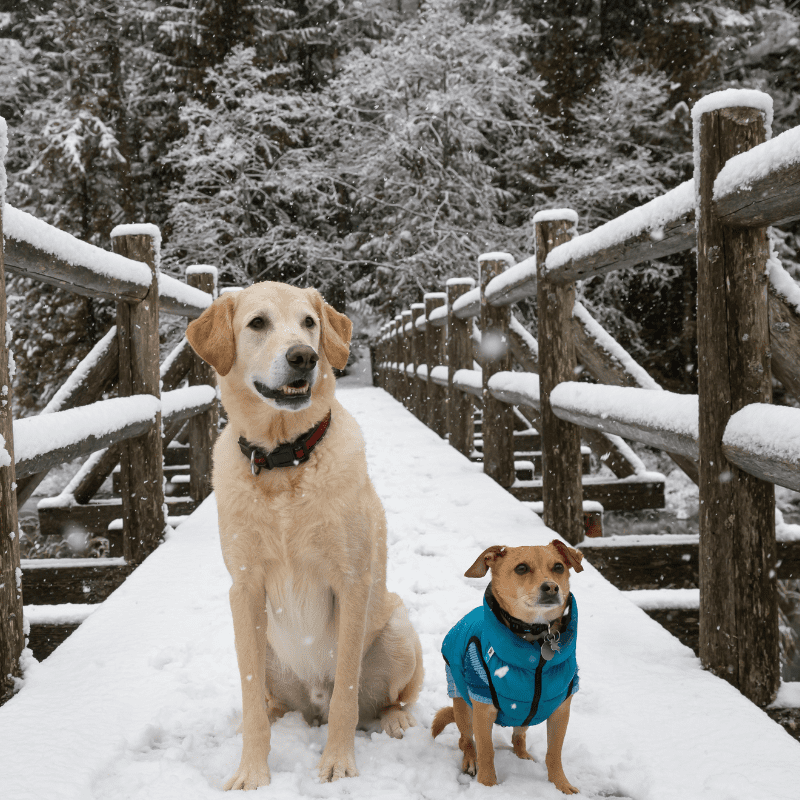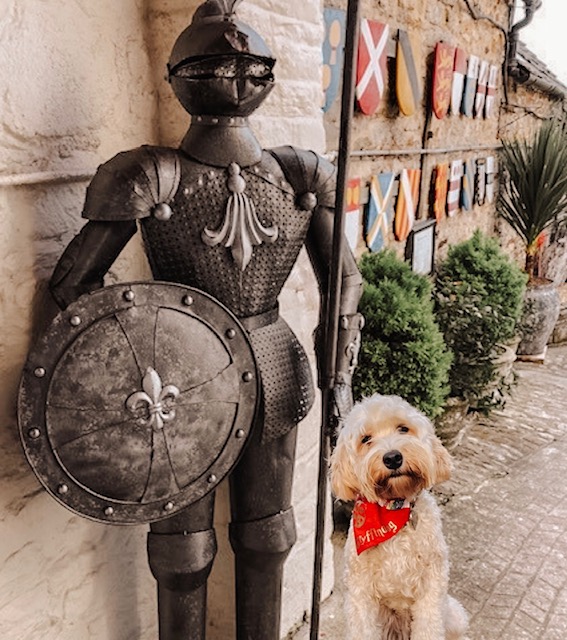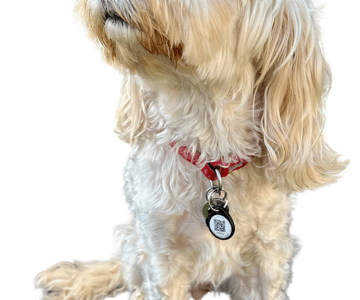
Why Extreme Cold Is a Serious Threat to Your Pets—and How to Protect Them
When the temperatures drops, our furry companions face challenges that can quickly become life-threatening. While we bundle up and stay warm indoors, pets left unprotected can suffer from serious conditions like hypothermia, frostbite, and even poisoning from common winter hazards.
From the salt and de-icers on roads to the hidden dangers of antifreeze and frozen surfaces, winter poses unique risks for pets of all shapes and sizes. Even our outdoor animals such as rabbits and guinea pigs can struggle to survive in freezing conditions without proper care.
This guide explores the dangers of extreme cold for pets, provides practical tips to keep them safe, and highlights warning signs every pet owner should recognise. With the right precautions, you can ensure your pets stay healthy and comfortable throughout the winter months.
Cold weather can lead to serious health issues for pets, such as:
- Hypothermia: A dangerous drop in body temperature that can affect pets left outdoors too long.
- Frostbite: Ears, tails, and paws are the most vulnerable areas.
- Respiratory Issues: Cold air can worsen respiratory conditions in pets.
Small animals in outdoor hutches face additional risks because their living spaces often cannot retain adequate heat in freezing weather.
Outdoor Cats
Outdoor cats are particularly vulnerable in freezing temperatures, as prolonged exposure can lead to hypothermia and frostbite. Providing a sheltered, insulated space with warm bedding and ensuring they have access to fresh, unfrozen water can help keep them safe. If possible, encourage them to stay indoors during extreme cold spells, as even the most resilient cats can struggle in severe weather.
Dangers Specific to Dogs and Cats
1. Salt and De-icers on Paws
Salt and chemical de-icers used on road and pavements can irritate and burn the pads of dogs and cats. If ingested, the chemicals can be toxic.
Prevention Tips
- Salt and chemical de-icers used on roads and pavements can irritate and burn the pads of dogs and cats. If ingested, these chemicals can be toxic.
- Clean up any spills immediately.
- Store antifreeze securely out of reach.
2. Snow and Ice Hazards
- Snow can conceal sharp objects or chemicals, leading to cuts or ingestion of harmful substances.
- Ice poses a slipping hazard for pets, which can result in injuries.
3. Cold Metal Surfaces
- Pets who lick or step on frozen metal can experience frostbite or even tongue injuries.
- Tip: Keep pets away from fences, gates, or other outdoor metal surfaces.
4. Antifreeze Poisoning
- Antifreeze, commonly used in car maintenance during winter, is highly toxic to pets but has a sweet taste that attracts them.
- Prevention Tips:
Clean up any spills immediately and store antifreeze securely out of reach.
Keeping Dogs and Cats Safe in Freezing Temperatures
1. Bring Your Pets Indoors
- Dogs and cats should not stay outside during freezing temperatures. Even outdoor cats need a warm shelter.
- Provide a cosy indoor space with a soft bed and blankets away from drafts.
2. Limit Outdoor Time
- Take shorter walks and schedule them during the warmest part of the day.
- Use pet coats or sweaters for short-haired or small breeds.
3. Check Under the Car Bonnet
- Cats will often seek warmth under car bonnets in winter, so do check before starting your vehicle to avoid accidents.
4. Hydration and Nutrition
- Ensure pets have access to fresh, unfrozen water at all times.
- Pets may burn more calories to stay warm, so adjust their food intake accordingly.
The Importance of Bringing Hutched Animals Indoors
Small animals like rabbits and guinea pigs are highly susceptible to cold weather:
- Indoor Relocation: Move their hutches into a garage, shed, or other enclosed area to protect them from the elements. Ensure that the space is well-ventilated and predator-proof.
- Extra Insulation: Line their enclosures with additional straw or hay and use blankets to shield against drafts.
- Check Water Supply: Replace frozen water bottles regularly or use heated water bottles designed for small pets.
Signs That Your Pet Is Too Cold
Be alert for these warning signs of cold-related stress:
- Shivering
- Lethargy or reluctance to move
- Pale or blue gums
- Whining, barking, or other signs of distress
If you suspect frostbite or hypothermia, contact your veterinarian immediately.
For dogs, a high-quality coat can make a world of difference during cold weather. Short-haired breeds, small dogs, and seniors are particularly vulnerable to the cold, but a well-fitted coat provides essential warmth and protection. Whether you’re taking a quick walk or spending time outdoors, investing in a durable, comfortable dog coat is one of the easiest ways to keep your pet safe. Check out my recommended dog coat here.
Final Tips for Winter Pet Safety
- Pet ID: Ensure your pet’s ID tag and microchip information are current in case they get lost.
- Regular Grooming: Keep fur clean and dry; matted fur reduces insulation.
- Use Pet-Safe Products: Choose de-icers and antifreeze that are safe for animals.
Conclusion
To summarise, as winter sets in, it is crucial to prioritise your pet’s safety and well-being. Understanding the risks of extreme cold and taking proactive steps like limiting outdoor time, using protective gear, and providing a warm indoor environment, can prevent serious health issues. So in conclusion by staying attentive to your pets needs and recognising any signs of distress, you can ensure your pets stay safe, healthy, and happy throughout the winter season. Keep them warm and enjoy the season together!
Please share this guide to help fellow pet owners prepare for winter’s challenges.




